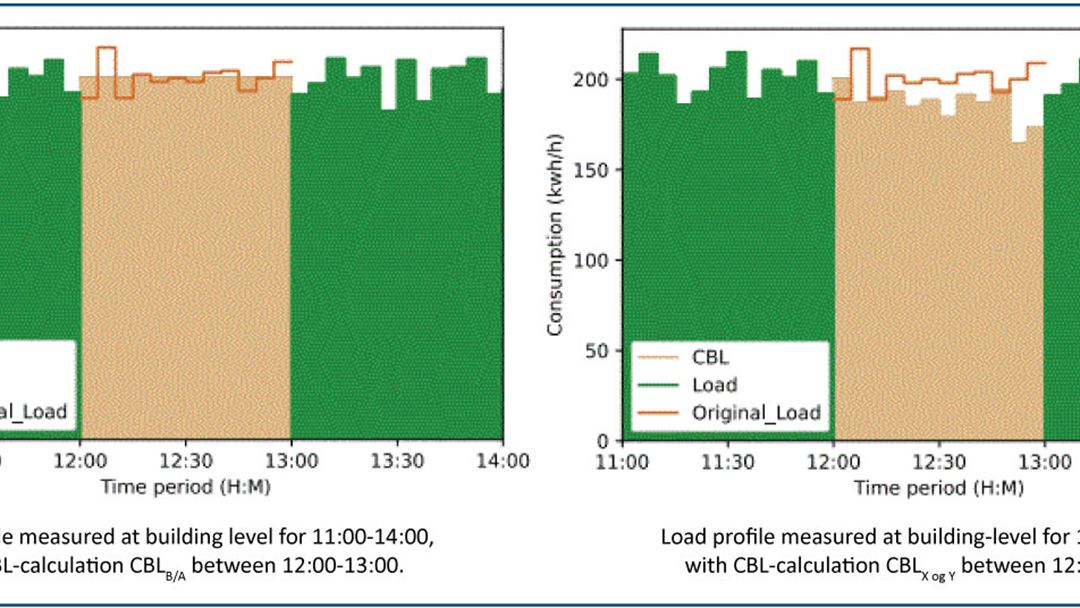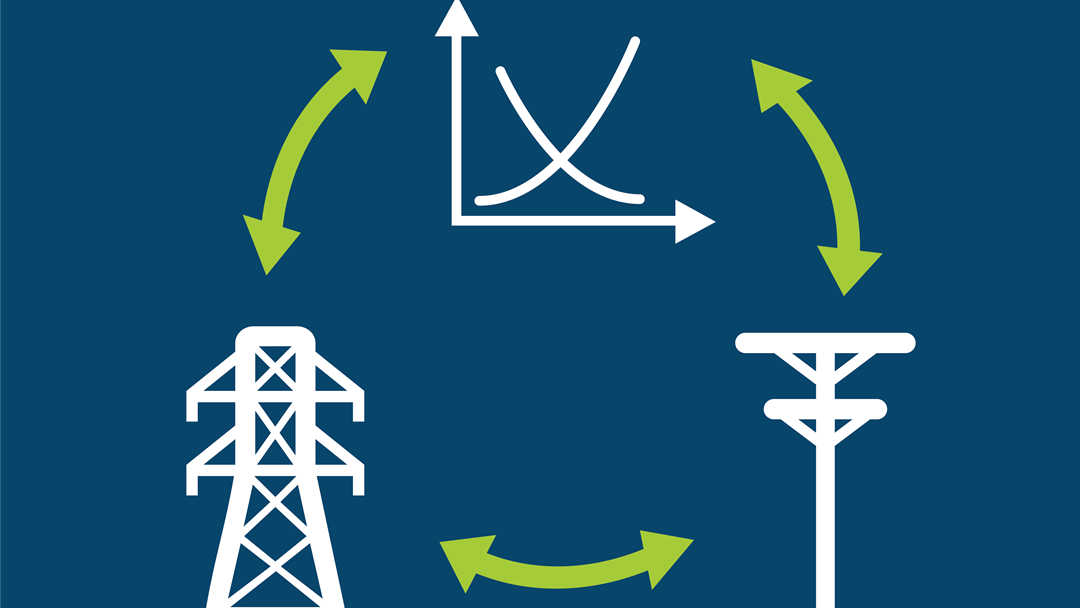Analysis of Accuracy of Flexibility Baseline Prediction Methods for Office Building at Different Measuring Points
Challenge and objective
- Customer baseline load (CBL) prediction plays an important role in calculating the volume and value of the flexibility provided by end-users.
- In this paper, two different CBL methods are applied to investigate their prediction accuracy for a given load with high resolution metered data.
Work performed
- Analyzed input data at office-building level and at EV parking-lot level, compared their accuracy.
- Implemented existing CBL-calculation methods, both before/after measurements, and historical data points
Significant results
- Building-level measurement point performed best with use of load patterns before/after activation, due to a fixed 200-kW load import level.
- EV parking lot had much variation due to being an internal demand response for the 200-kW limit.
- Historical data was influenced by recent seasonal changed in load patterns
Impact for distribution system innovation
- The methods can be applied to predict the baseline load from a flexible user during flexibility activation.
- Important to be aware of internal flexible measures that could affect historical data accuracy.
- Name
- Magnus Korpås
- Title
- WP3 Lead
- Organization
Reference in CINELDI



